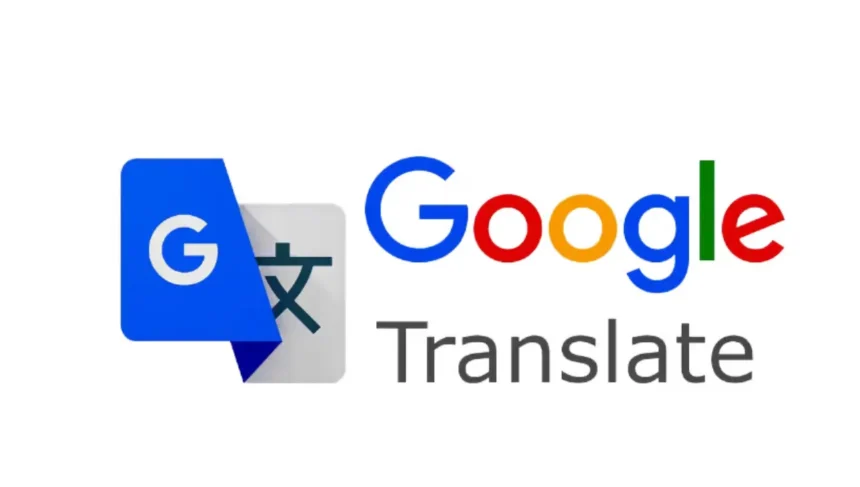Introduction to Translation
In a world that is becoming increasingly interconnected, the ability to translate has never been more important. The process of translation involves converting words, sentences, or entire texts from one language into another, ensuring that the meaning, tone, and intent of the original are preserved. Whether it is for business, education, diplomacy, or personal communication, the act of translation allows people from diverse linguistic and cultural backgrounds to connect and understand one another.
This article delves into the intricacies of translation, examining its history, significance, challenges, and future. We will explore how the ability to translate has evolved over time and its essential role in today’s globalized world.
The History of Translation
Ancient Beginnings
Translation has been a fundamental part of human history for centuries. Its roots can be traced back to ancient civilizations where the need to communicate across different languages first arose. The earliest known translations involved religious texts, such as the Rosetta Stone, which allowed scholars to decipher Egyptian hieroglyphs by comparing them with Greek.
The Role of Religion
One of the most significant milestones in the history of translation was the translation of religious texts, including the Bible and the Quran. These translations not only spread religious teachings but also played a critical role in the exchange of culture and knowledge. For instance, during the Islamic Golden Age, scholars translated Greek philosophical works into Arabic, preserving important intellectual traditions that might have otherwise been lost.
Translation During the Renaissance
The Renaissance period saw a surge in translation activities. Classical texts were translated from Greek and Latin into vernacular languages, making knowledge accessible to a broader audience. This era also highlighted the need for accuracy and the importance of maintaining the original context when translating.
The Importance of Translation Today
Facilitating Global Communication
In today’s interconnected world, the ability to translate facilitates seamless communication across borders. From international businesses to academic research, translation ensures that ideas and information can be shared and understood globally.
Supporting Multilingual Education
Education systems around the world rely on translation to provide access to textbooks, research papers, and educational resources. Students can learn from global perspectives, thanks to the ability to translate knowledge into their native languages.
Preserving Cultural Heritage
Translation plays a pivotal role in preserving and sharing cultural heritage. Literature, folklore, and historical documents are made accessible to people worldwide through the process of translation. This fosters mutual understanding and respect among different cultures.
Enhancing Diplomatic Relations
In the realm of diplomacy, the ability to accurately translate is critical. Treaties, agreements, and international laws must be carefully translated to avoid misunderstandings and conflicts. Skilled translators often act as bridges between nations.
Also Read: M945xMW Code
Types of Translation
Literary Translation
This involves translating works of literature, such as novels, poems, and plays. Literary translation is an art that requires not only linguistic skills but also a deep understanding of cultural nuances to preserve the beauty and intent of the original work.
Technical Translation
Technical translation focuses on specialized documents, such as user manuals, technical guides, and scientific papers. Precision is crucial in this type of translation, as errors can lead to misunderstandings or even dangerous outcomes.
Legal Translation
Legal translation involves converting legal documents, such as contracts, court rulings, and laws, into another language. It demands a thorough understanding of legal terminology and the ability to adapt the text to fit the legal systems of different countries.
Medical Translation
Medical translation deals with patient records, research papers, and medical literature. This type of translation is vital for global healthcare and requires accuracy to ensure patient safety and effective treatment.
Website and Software Localization
Localization is a specialized form of translation where content, such as websites, applications, and games, is adapted for specific regions. Localization ensures that the content is culturally relevant and resonates with the target audience
The Translation Process
The process of translation is a meticulous blend of art and science. Here are the main steps involved:
1. Understanding the Source Text
Before starting the translation, it is essential to thoroughly understand the source text. This includes analyzing the tone, purpose, and intended audience.
2. Drafting the Initial Translation
The translator begins by drafting a translation that accurately conveys the meaning of the source text. This draft often undergoes multiple revisions to improve quality.
3. Editing and Proofreading
Editing ensures that the translation is accurate, coherent, and free of errors. Proofreading focuses on grammar, punctuation, and stylistic consistency.
4. Quality Assurance
For professional translations, quality assurance processes are implemented to ensure the translation meets the highest standards. This often involves reviews by other translators or subject-matter experts.
Challenges in Translation
Despite its importance, translation is not without challenges. Here are some common issues faced by translators:
Linguistic Nuances
Languages often have words or phrases that do not have direct equivalents in other languages. Idioms, metaphors, and cultural expressions can be particularly challenging to translate.
Maintaining Context
Preserving the context and intent of the original text is crucial. A literal translation may not always convey the intended meaning, leading to misunderstandings.
Cultural Sensitivity
Translators must be aware of cultural differences and sensitivities. For instance, certain phrases or symbols that are acceptable in one culture may be offensive in another.
Specialized Terminology
Fields like medicine, law, and engineering often use specialized jargon that requires in-depth knowledge to translate accurately.
Tools and Technologies for Translation
Advancements in technology have revolutionized the field of translation. Here are some key tools and technologies used by translators:
Machine Translation (MT)
Machine translation tools, such as Google Translate and DeepL, provide quick translations. While they are not perfect, they are useful for basic translations and as a starting point for more detailed work.
Computer-Assisted Translation (CAT) Tools
CAT tools, like SDL Trados and MemoQ, help translators manage large projects by providing features such as translation memory and terminology databases.
Localization Tools
Localization platforms, such as Transifex and Lokalise, enable efficient translation and adaptation of digital content for specific markets.
Artificial Intelligence and Neural Networks
AI-powered translation systems, such as neural machine translation (NMT), use advanced algorithms to provide more accurate and context-aware translations.
Careers in Translation
Translation offers a wide range of career opportunities for language enthusiasts. Here are some roles in the field:
Freelance Translator
Freelancers work independently, offering their translation services to clients across various industries.
In-House Translator
Many organizations hire full-time translators to handle their translation needs, such as translating internal documents or marketing materials.
Localization Specialist
Localization specialists focus on adapting content for specific regions, ensuring it aligns with local cultural and linguistic preferences.
Interpreter
Interpreters specialize in real-time translation of spoken language, often working in conferences, legal proceedings, or healthcare settings.
Ethical Considerations in Translation
Ethics play a critical role in translation, as the profession involves handling sensitive and important information. Here are some ethical principles:
Accuracy
Translators must strive for accuracy, ensuring that the translation is faithful to the original text.
Confidentiality
Respecting client confidentiality is essential, particularly when handling sensitive information, such as legal or medical documents.
Neutrality
Translators should avoid introducing bias into their work, maintaining the original tone and intent of the text.
The Future of Translation
As globalization continues to expand, the demand for translation services is expected to grow. Here are some trends shaping the future of translation:
Increased Use of AI
Artificial intelligence is expected to play an even bigger role in translation, with improved neural networks offering higher-quality machine translations.
Focus on Cultural Localization
As businesses expand globally, there will be a greater emphasis on cultural localization to ensure products and services resonate with local audiences.
Preservation of Endangered Languages
Translation will play a key role in preserving endangered languages by documenting and translating them for future generations.
Remote Interpretation
With the rise of remote work and virtual communication, remote interpretation services are becoming increasingly popular.
Conclusion
Translation is a vital tool that connects people, cultures, and ideas across the globe. It is more than just converting words from one language to another; it involves preserving meaning, context, and cultural significance. From ancient religious texts to modern AI-powered tools, the journey of translation has been remarkable. As the world continues to evolve, the ability to translate will remain a cornerstone of global communication and understanding, shaping a more inclusive and interconnected future.



